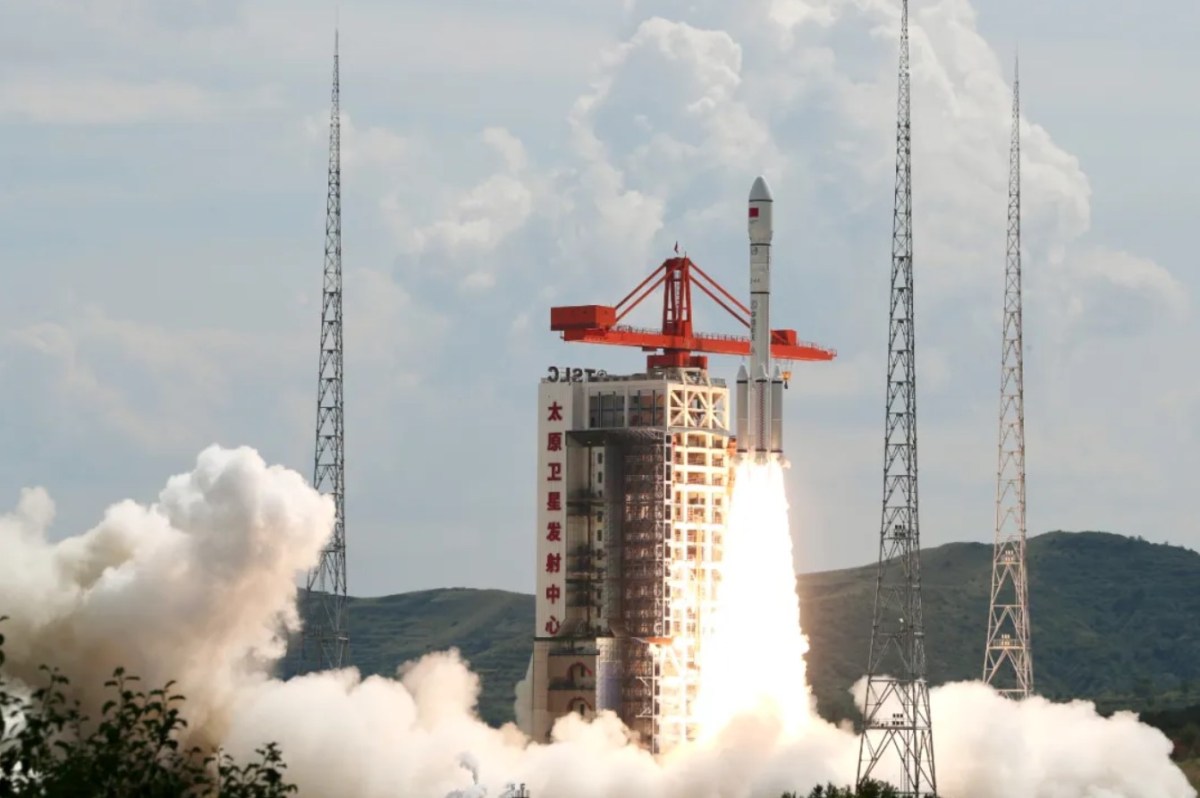WASHINGTON — The first satellites of a Chinese broadband constellation are significantly brighter than those of Western systems, posing a new challenge for astronomers.
In a paper posted on the arXiv preprint server Sept. 30, a group of observational astronomers reported on observations of a set of 18 Qianfan, or “Thousand Sails,” satellites launched in August. The satellites are the first of a constellation that may ultimately consist of more than 14,000 satellites.
The study found that the brightness of the satellites ranges from magnitude 8 when low in the sky to magnitude 4 when nearly overhead. That makes the satellites, at those higher elevations, bright enough to be seen by the naked eye — which can see objects down to magnitude 6 in dark skies — and well above the threshold of magnitude 7 recommended by professional astronomers it mitigate interference with major groundbased observatories.
“Qianfan satellites are brighter than magnitude 6 except when observed at low elevations in the sky,” the astronomers note in the paper. “So, they will adversely impact professional and amateur astronomical activities unless the operators mitigate their brightness.”
The study analyzed the change in brightness of the satellites as a function of elevation and found it fit well with a model with a large flat-panel antenna facing towards the Earth and a solar array pointing away from the Earth. That matched limited public information about the design of the spacecraft. The paper added there was no evidence that the satellites incorporated measures like mirrors to reflect light away from the Earth, as SpaceX has incorporated on Starlink satellites.
The astronomers involved in the study, some of whom are affiliated with the International Astronautical Union’s Centre for the Protection of Dark and Quiet Skies from Satellite Constellation Interference (CPS), said they did the study to raise awareness and hope to prompt changes in the design of later Qianfan satellites.
“SpaceX made changes to the design of their Starlink satellites because early observations demonstrated that their Generation 1 spacecraft would impact astronomy. That is our motivation for reporting early results for Qianfan,” they wrote. Later Starlink satellites now approach the magnitude 7 recommendation by CPS.
It is unclear whether and how Shanghai Spacecom Satellite Technology, the developer of the Qianfan satellites, will respond to the study. A spokesperson representing CPS did not respond to questions Oct. 3 about whether the center had any contact with Chinese industry or government officials about the brightness of the satellites.
During a session of an American Astronomical Society meeting in January, representatives of CPS said their contacts with China has been limited, primarily at meetings of the United Nations Committee on the Peaceful Uses of Outer Space.
The Qianfan satellites represent just some of the latest challenges facing astronomers. AST SpaceMobile announced Oct. 4 that it had deployed the large phased array antenna on the first of five BlueBird satellites launched Sept. 12 to provide direct-to-device services. The antenna, about 65 square meters in area, is among the largest commercial antennas in low Earth orbit, and its size has raised concerns about its brightness among astronomers.
Radio astronomers, meanwhile, have reported interference at low frequencies from Starlink satellites. A study published in September based on data collected by the Low Frequency Array (LOFAR) radio telescope found that Starlink “v2 mini” satellites were producing signals far stronger that astronomical sources.
The emissions, found in several bands between 56 and 161 megahertz, were not linked to the broadband payloads on those satellites, which operate at much higher frequences, but instead are likely unintended emissions from spacecraft electronics.
“Humanity is clearly approaching an inflection point where we need to take action to preserve our sky as a window to explore the universe from Earth. Satellite companies are not interested in producing this unintended radiation, so minimizing it should also be a priority in their sustainable space policies,” said Federico Di Vruno, spectrum manager of the Square Kilometer Array Observatory and co-director of CPS, in a statement. “Starlink is not the only big player in LEO, but they have a chance to set the standard here.”
